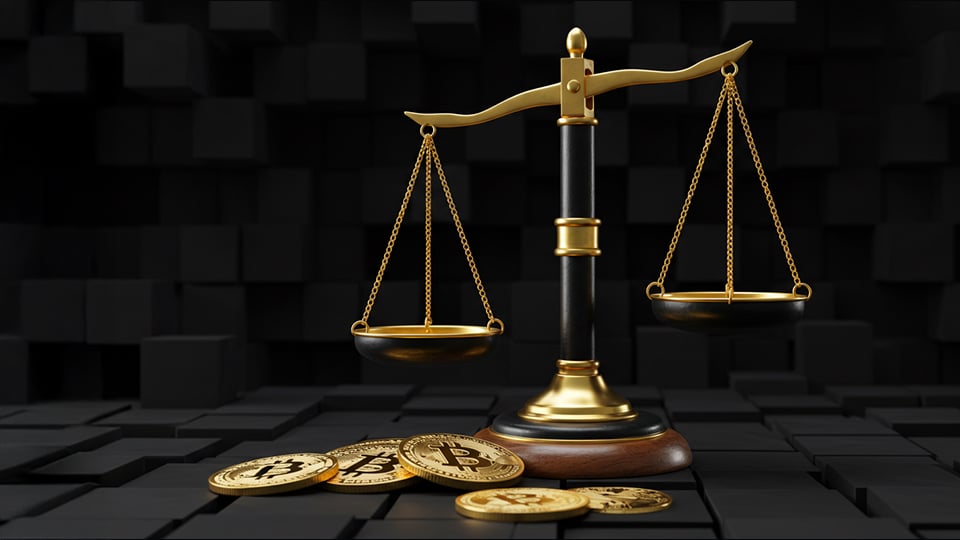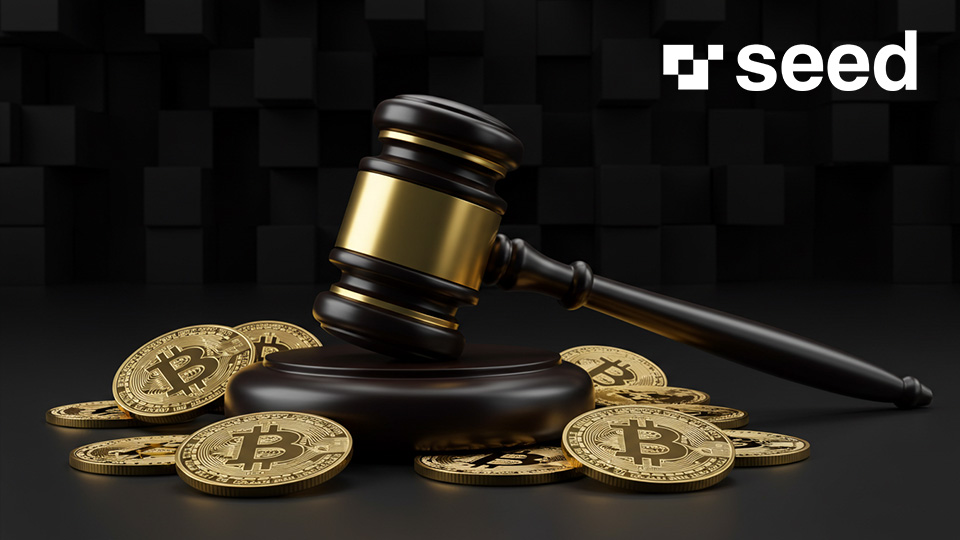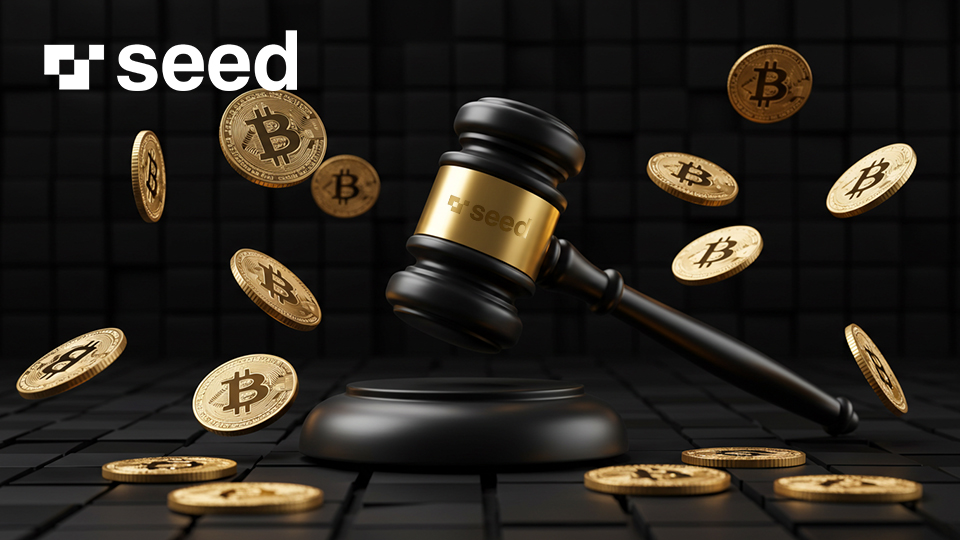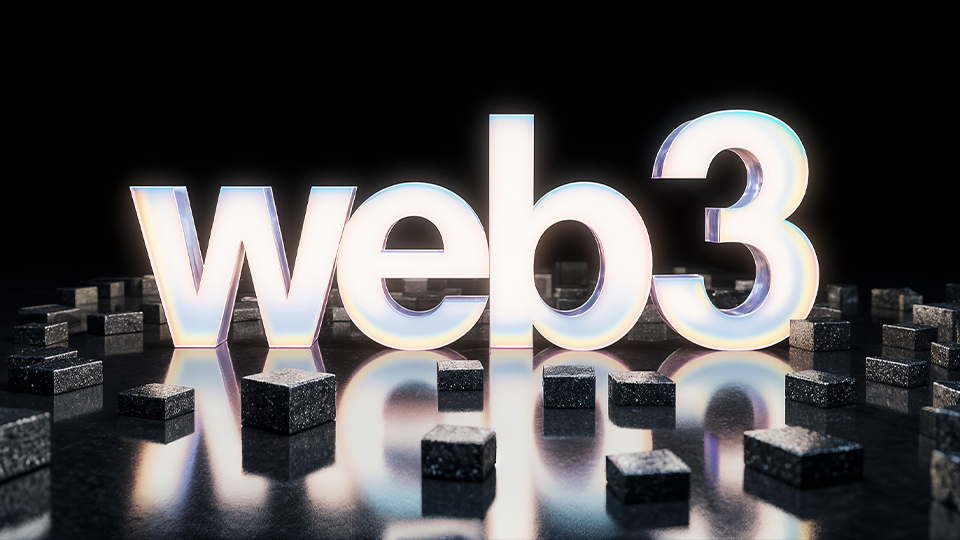Guiding Innovation: The Role of Regulations in Crypto Tokens
Regulatory frameworks are becoming increasingly important in shaping the direction of digital assets. Among these, crypto tokens—representing everything from digital currencies to utility and security assets—are at the forefront of innovation. However, to ensure sustainable growth, protect investors, and maintain market integrity, appropriate regulations are essential.
Why Regulation Matters in the Crypto Space
Cryptocurrencies and blockchain-based assets have largely operated in a decentralized environment. While this openness has fueled rapid innovation and adoption, it has also exposed users and markets to risks such as fraud, volatility, and security breaches. Clear and well-enforced regulations help provide a foundation for responsible innovation, offering guidelines for compliance and trust.
For businesses and developers, regulation offers clarity. It helps define what is permissible, what classifications a token may fall under, and how they can legally operate across jurisdictions. For users, it ensures a level of protection that traditional financial markets already provide.
Regulations in Crypto Tokens: Striking the Right Balance
The phrase “regulations in crypto tokens” refers to the growing body of laws and policies designed to govern the creation, distribution, and trading of tokens. These rules can influence how tokens are launched, what disclosures are required, and how investor protections are applied.
Governments and regulatory bodies worldwide are taking different approaches. In the U.S., the Securities and Exchange Commission (SEC) evaluates whether certain tokens qualify as securities. The European Union, through the Markets in Crypto-Assets (MiCA) regulation, seeks to create a unified framework for crypto activities. Meanwhile, countries like Singapore and Switzerland have taken a more innovation-friendly stance, encouraging growth while ensuring consumer protection.
The key challenge is finding a balance between fostering innovation and ensuring that the risks associated with digital assets are managed effectively. Too much regulation may stifle innovation; too little may lead to instability and loss of trust.
The Impact on Token Development and Adoption
The regulatory environment directly affects how tokens are developed and used. For example, projects may choose to limit access to certain jurisdictions due to legal uncertainties or may structure their tokenomics in ways that comply with local laws. Regulatory clarity can also influence how quickly institutional investors and traditional financial institutions enter the space.
In addition, compliance with regulations can boost credibility, attracting more users, partners, and capital. Projects that embrace transparency and governance are more likely to succeed in the long term.
Looking Ahead
As the digital asset system matures, regulations will play an increasingly central role in shaping its future. Rather than viewing regulation as a barrier, many in the crypto community are beginning to see it as a catalyst for broader adoption and trust.
Ultimately, the right regulatory framework can serve as a guide—not a hindrance—ensuring that innovation in crypto tokens continues to thrive in a safe, secure, and sustainable way.





